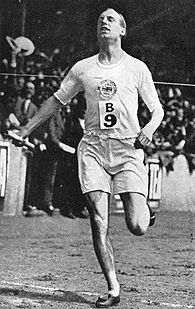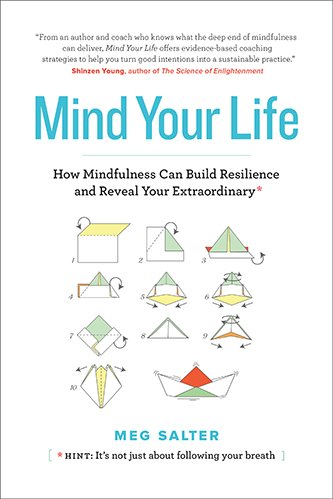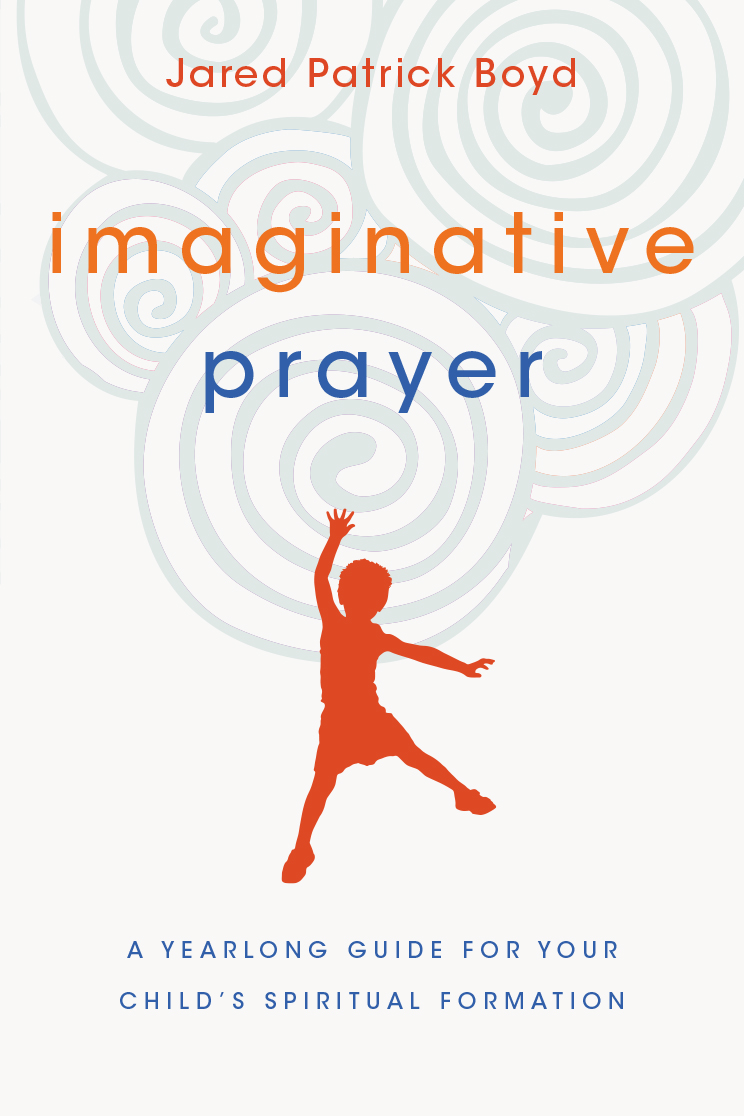I’m training for a marathon. Well . . . nearer on the horizon, I’m training for a half marathon. For the past 11 weeks I’ve been doing a half-marathon training program with Katie Barrett I discovered on Audible (with some minor tweaks). Next week Saturday, I am headed to Eugene, Oregon for the Eugene Holiday Half. This will be the longest race I’ve run to date. I’m not in the best shape of my life, but I still expect to finish this in 2 and a half hours. And I hope it will be fun.
I start each Advent by reflecting on the meaning of the season, that we are waiting, and what we are waiting for isn’t here yet. The way Israel waited through their long exile, we wait for the return of the reigning Christ, when war, predation, suffering and grief will cease and we shall experience the renewal of all things. I believe practicing Advent means being dissatisfied with where we are, and being shaped by hope of what’s to come.
But guess what? Our world is not at peace. We are at war, there are mass-shooters that attack public spaces. Racism, sexism, ableism, ageism, homophobia are thriving, affecting vulnerable people in our society and in the world. And then there are broken relationships and betrayals, financial worries, discomforting diagnoses, and painful losses. The Advent of Christ feels a long way off.
When I started training for my half marathon, I committed to running four times a week, stretching, fueling my body appropriately and building in time for recovery. Twelve weeks later, I’m in better shape and better prepared to run. Because I’ve been training with an audible program, I’ve had a constant voice in my ear during my runs, reminding me to work on my form and stretch out my stride. I am coached when to push and when to run easy. At different times in my training program, I am coached to picture myself in my last mile, pushing as hard as I can. And at other times the exhortation is simpler: run the mile I am in.
So we celebrate Advent in the strong hope of God’s coming to us in Christ. But just as the Isaiah passage from Sunday exhorted Israel, “Come, descendants of Jacob,let us walk in the light of the Lord”(Isaiah 2:5). Isaiah shared a vision of the coming of God when swords are beat into plowshares and all the peoples of the world come to learn the ways of YHWH (Isaiah 2:1-4) and then exhorts his hearers to walk in the light of the Lord. The grand goal of worldwide shalom and communion with God, and the exhortation: run the mile you are in. Walk now in light of the things to come
How do we practice Advent in a way that both keeps our eye on the finish line, and with awareness of where we are, run the mile we are in? What are the practices which help us prepare well for the coming of Christ?
Here are some suggestions:
1. Light candles. A lot of our churches have Advent wreaths which count down the Sundays before Christmas. Our family also has a home wreath, which I haven’t unearthed yet. This is great mindful way to practice advent. The warmth and light of the Advent candles are a visceral and visual reminder of the way light dispels darkness. Just lighting the candles is a ritual of hope.
2. Sing songs. Some cranky liturgists and young preachers will tell you that this is not the time for Christmas carols. We are in a season of waiting and longing, and the joy of Christmas is coming. This is bosh. Mary sang (Luke 1:46-55). Yes there is pain, and longing and dissatisfaction. Yes, there is the ache of the already but not quite yet. But there is also wonder and awe, and joyful anticipation. If singing ignites and keeps hope alive. Sing. Sing loud, off key and exuberantly. Sing of the things to come. When people smile when they are running, they can run farther.
3.Do Justice. Part of our Advent hope in the coming of Christ, is that justice and peace will reign when he comes. Part of running the mile we are in, is find ways to press into God’s peace and justice now. Is there an issue facing your community which you can address? Are ways we can promote peace now? Who, of your neighbors is facing injustice? Can we do something about it? This is walking in the light of what’s to come. This is running the mile we are in.
4. Welcome. When Jesus comes everyone is welcome. We are talking kings and shepherds, women and men, Jews and Gentiles, young children and old saints—people of every tongue, tribe and nation. The radical inclusivity of God’s kingdom is coming! What are ways we can practice inclusion and welcome now? Who can you show hospitality to? Is there someone you can invite over for dinner? Is there someone you know, who feels alone and excluded that you can invite along with you where you are going? Do you know someone who needs you to run along aside them for a while?
Jesus came, Jesus comes, Jesus is coming. Our Advent hope is sure, and in our hearts we can picture the finish line. These are just a few suggestions of how we can run now, the mile we are in, as we prepare for the Day ahead. How do you practice Advent?


 My family moved to the city and we didn’t have horses after that, but I would ride them, some, at the nearby dude ranch, or on my grandparent’s farm in the summertime if they happened to be watching their neighbors’ horses. I love horses. They are majestic creatures, and I’ve since learned to not climb under fences and walk behind them, to respect their size and give them a wide berth.
My family moved to the city and we didn’t have horses after that, but I would ride them, some, at the nearby dude ranch, or on my grandparent’s farm in the summertime if they happened to be watching their neighbors’ horses. I love horses. They are majestic creatures, and I’ve since learned to not climb under fences and walk behind them, to respect their size and give them a wide berth. So being a Barton fan,
So being a Barton fan,  Meg Salter is a mindfulness coach and Integral Master Coach™ who explores how mindfulness can help each of us experience life more fully, be more present and have greater resilience. She tells the story of her own mindfulness journey, and shares stories of how others journeyed toward greater mindfulness, discusses its benefits. She also offers a “Unified Mindfulness System” composed of three attentive skills, three types of practices and a variety of practices, related to the three types (83). The three skills are (1) concentration, (2) sensory clarity and (3) equanimity (allowing experiences to come and go without a push and pull or trying to manipulate them). The three types of practices involve appreciating ourselves and our world, transcending our self and world and nurturing our positive selves and our world (95). Three chapters (chapters 7 to 9) describe a variety of practices as they relate to each of the practice types.
Meg Salter is a mindfulness coach and Integral Master Coach™ who explores how mindfulness can help each of us experience life more fully, be more present and have greater resilience. She tells the story of her own mindfulness journey, and shares stories of how others journeyed toward greater mindfulness, discusses its benefits. She also offers a “Unified Mindfulness System” composed of three attentive skills, three types of practices and a variety of practices, related to the three types (83). The three skills are (1) concentration, (2) sensory clarity and (3) equanimity (allowing experiences to come and go without a push and pull or trying to manipulate them). The three types of practices involve appreciating ourselves and our world, transcending our self and world and nurturing our positive selves and our world (95). Three chapters (chapters 7 to 9) describe a variety of practices as they relate to each of the practice types. Boyd is a Vineyard pastor, spiritual director and founder of T
Boyd is a Vineyard pastor, spiritual director and founder of T Charlie Dawes is a pastor in the DC Metro area and the former vice president for student development at South-eastern University. In
Charlie Dawes is a pastor in the DC Metro area and the former vice president for student development at South-eastern University. In